Haiga Gallery 16.3
It gives me great pleasure to introduce the Haiga Gallery, a new feature that presents a wide range of the styles and approaches used by modern haiga artists. In these works, you will see the traditional values of link-and-shift at play, as haiku, senryu, and tanka connect with a variety of media, from photographs and software renderings to hand-drawn and painted artworks. I hope you enjoy the poet/artist’s work as much as I do.
Ron Moss, Haiga Editor
About the Artists
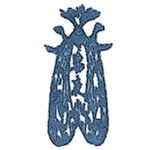
An’ya is a recognized poetess with 150+ contest wins. She’s the founder/editor of Cattails (United Haiku and Tanka Society), founder of Ribbons (Tanka Society of America), and founder/editor of moonset newspaper. She’s been in 200+ publications and her works have been translated into over 90 language dialects.
For her full bio, click here.
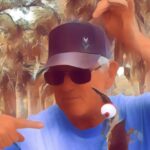
Robert Baum is a retired educator, writer/editor, and artist. “Haiga merges my interests,” he says. “Combining painting and haiku in these two figurative pieces shows my current duality theme. More duality: my wife and I divide our time between the east coast of New Jersey and the west coast of Florida.”
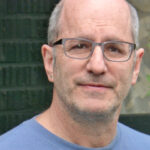
David Berger is an author, visual artist, and haiku poet, who was visual arts critic at the Seattle Times. His published books include Persimmon and Frog (Chin Music Press, 2020) and Razor Clams: Buried Treasure of the Pacific Northwest ( University of Washington Press, 2017). He lives in Seattle, where he enjoys hiking and fishing.
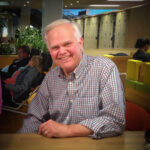
Robert Erlandson has published his haiku, tanka and haiga in Haigaonline, Daily Haiga, Cattails, Ribbons, and Prune Juice. He has also published AWE, a chapbook of poetry and images speaking to the incredible relationships between nature, art, and mathematics. See more on his website, https://www.circlepublications.net/.
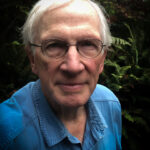
A retired family physician, Peter Geerlofs completed an MFA in Creative Writing from Goddard College in Plainfield, Vermont, and is currently pitching his first novel.
He recently discovered the joy of combining haiku with his life-long love of photography.
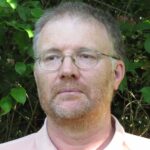
David J. Kelly is an ecologist whose hobbies are best summarised as birds and words.
His second (haiku and related forms) collection, Small Hadron Divider (Red Moon Press), was published recently. He lives in Dublin, Ireland.
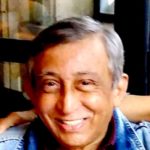
A lifelong resident of Mumbai, India, Gautam Nadkarni has been drawing cartoons since the age of twelve. He created his first haiga in 2017 and promptly won the first prize in the second Jane Reichhold Memorial Haiga Contest. In 2019 he won once again, this time bagging the third prize. He now has nearly 40 published senryu haiga to his credit, all of them in prestigious haikai journals.
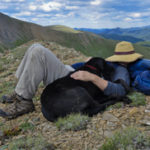
Ray Rasmussen is retired and enjoys hiking, photography, and canoeing with his partner, Nancy. They reside in Halton Hills, Ontario, Canada. He previously served as editor in chief for Haibun Today. His haiku, haiga and haibun have appeared in numerous journals and anthologies. Ray’s haibun blog is https://rays-blog.ca/.

Adelaide B. Shaw lives in Somers, New York, and has been creating Japanese poetic forms for over fifty years. Her two collections of haiku, An Unknown Road and The Distance I’ve Come, are available on Amazon. Examples of her published work are on http://www.adelaide-whitepetals.blogspot.com.

Debbie Strange is an internationally published short-form poet, haiga artist, and photographer; her creative passions help her deal with chronic pain and connect her more closely to the world and to herself. She invites you to visit her publications and awards archive at debbiemstrange.blogspot.com.

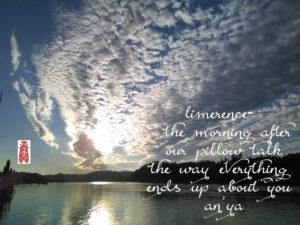

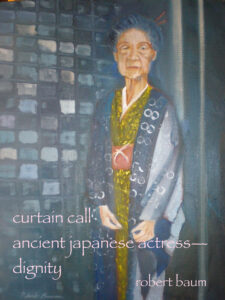
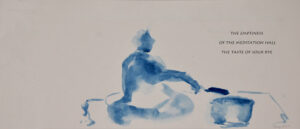
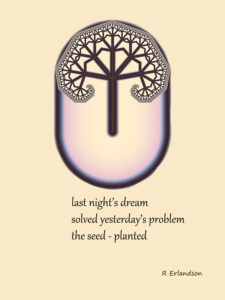


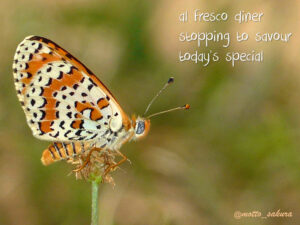
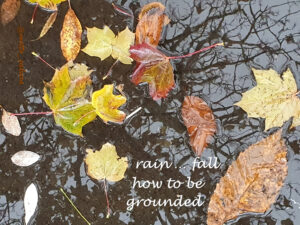
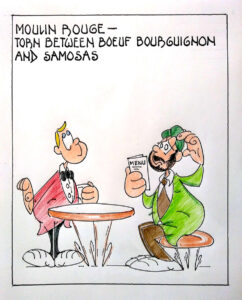
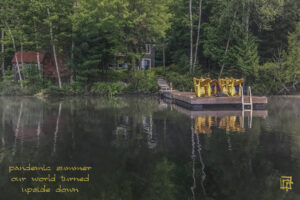
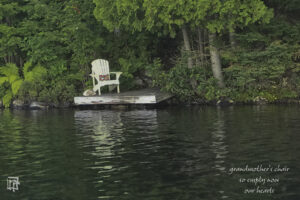
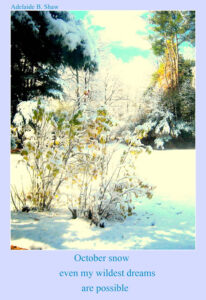
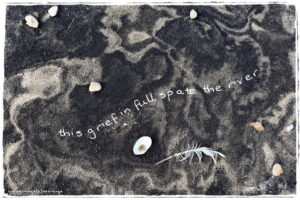
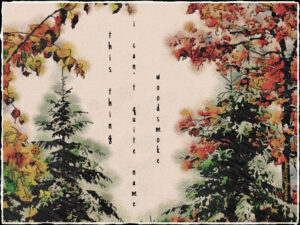
Much enjoyed. A nice visual addition to the journal. Well done, everyone.